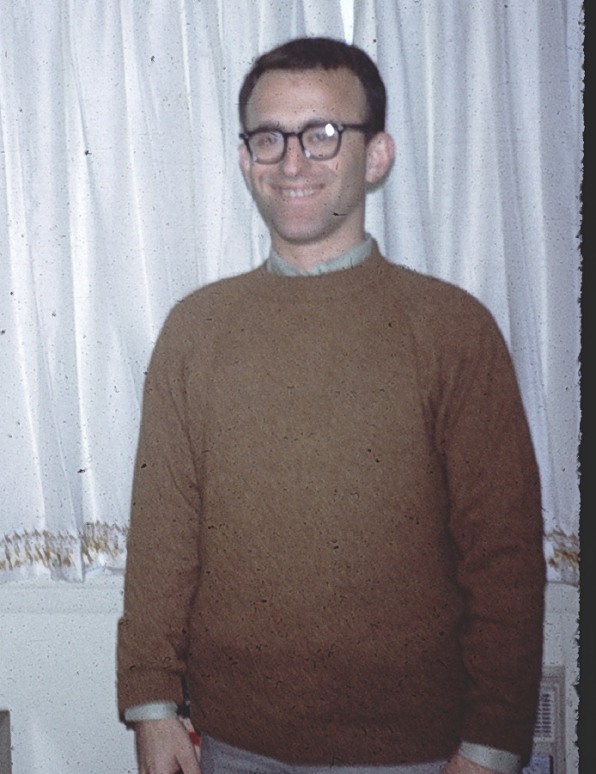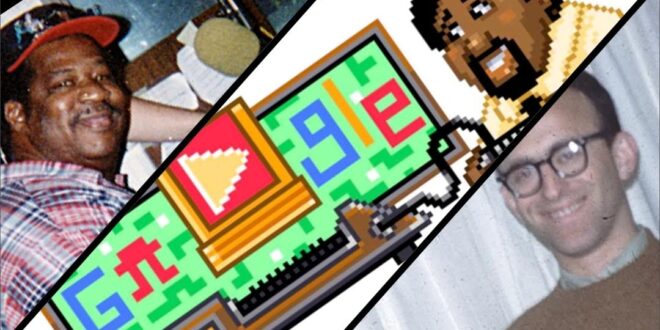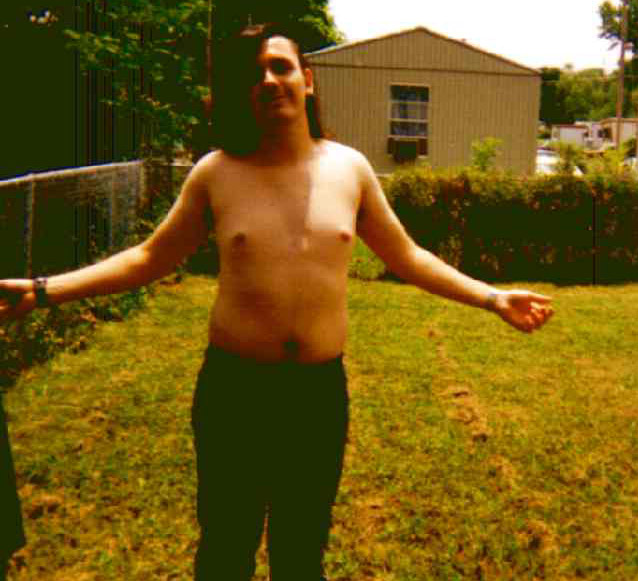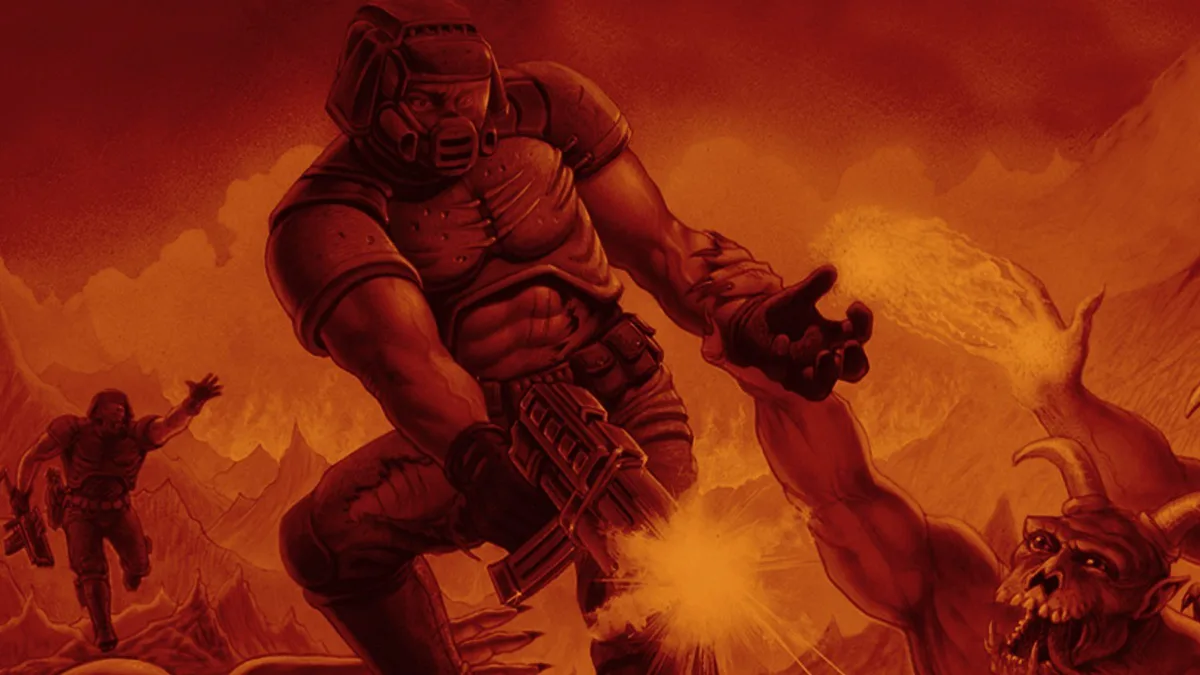Unveiling the True History Behind the Video Game Cartridge
In the annals of video game history, few innovations have had as profound an impact as the video game cartridge. For decades, one name has been held aloft as the father of this game-changing technology: Jerry Lawson. However, recent findings have prompted a reevaluation of this narrative, revealing a story of collaboration and innovation that extends beyond Lawson’s considerable contributions.
(HEY YOU!! We hope you enjoy! We try not to run ads. So basically, this is a very expensive hobby running this site. Please consider joining us for updates, forums, and more. Network w/ us to make some cash or friends while retro gaming, and you can win some free retro games for posting. Okay, carry on 👍)
The Common Misconception
Jerry Lawson, known for his work on the Fairchild Channel F console, has long been associated with the creation of the first video game cartridge. This misconception has been a mainstay in gaming lore, repeated by enthusiasts and experts alike. But a closer examination of the historical record, including critical court depositions, tells a different story.
The Court Deposition Revelation
In a court deposition that has only recently come to light, the true origins of the video game cartridge were meticulously detailed. This document recounts the work of two unsung heroes, Wallace Kirschner and Lawrence Haskel, who were employed by a company called Alpex. It was these two individuals who developed the prototype of the video game cartridge in the early 1970s.
In a 1993 deposition, Jerry Lawson openly discussed how the cartridge prototype was created not by him, but by two engineers at Alpex Computer Corporation – Wallace Kirschner and Lawrence Haskel. Alpex was an early startup established in 1972 focusing on creating electronic toys and digital wallet calculators. Kirschner and Haskel developed the initial cartridge design around 1974 as part of an interactive sports project Alpex had been hired to build.
Lawson became involved when his employer Fairchild Semiconductor licensed Alpex’s cartridge tech in 1975 to build the groundbreaking Fairchild Channel F console system. As head of Fairchild’s video game division, Lawson spearheaded the Channel F and commissioned industrial design powerhouse IDTI to refine the cartridge mechanism for mass production. The Channel F finally reached consumers complete with cartridges in August 1976, ushering in the age of interchangeable home console games.
Lawson’s revelations were part of court testimony in a 1993 lawsuit brought by Fairchild against Nintendo regarding patent infringement. Back then, the gaming pioneer openly discussed Alpex’s role and considered the cartridge an essential joint effort, even as most accounts solely touted his individual genius.
This deposition evidence definitively confirms what respected gaming historians like Benjamin Edwards had theorized since the 2000s after reviewing magazine articles of that era which briefly noted Alpex’s cartridge work. Edwards’ own interview research also corroborated Alpex’s involvement. However, the 1993 testimony from Lawson himself provides the clearest proof that the creation mythology around the cartridge needs revising.
By spotlighting figures like Kirschner and Haskel, we gain a more complete picture of the engineering ecosystem that birthed such a transformative gaming breakthrough. The contributions of visionaries like Lawson remain incredibly vital. But they were part of a collaborative creative process across companies, one where individual credit is difficult to disentangle. Like most inventions, the video game cartridge built upon existing ideas with input from many minds.
The deposition is a part of legal proceedings that took place during patent disputes which are now public record, providing irrefutable evidence of the actual lineage of the cartridge technology (Source: U.S. Patent and Trademark Office, Deposition Records).

The Role of Jerry Lawson
While Lawson did not invent the cartridge, his role in its development was still pivotal. As the leader of the team at Fairchild Semiconductor, he took Kirschner and Haskel’s prototype and turned it into a commercially viable product. Lawson’s expertise in engineering and his forward-thinking approach were critical in the Channel F’s development, the first console to use interchangeable ROM cartridges commercially.
Jerry Lawson’s contribution to the industry is well-documented and celebrated, particularly as one of the few African American figures in the technology field during that era. He has been posthumously recognized by the International Game Developers Association (IGDA) and was honored with a spot in the World Video Game Hall of Fame in 2011 (Source: IGDA, World Video Game Hall of Fame).
The Contributions of Nick Talesfore and Ron Smith
Further compounding the collaborative nature of this invention, industrial engineer Nick Talesfore and mechanical engineer Ron Smith played integral roles in refining the cartridge design for the Channel F system. Their work ensured that the product was not only functional but also user-friendly and ready for mass production.
Correcting the Record
The journey from concept to consumer involved many steps and many hands. The story of the video game cartridge is far from a solitary tale of invention; it’s a mosaic of innovation, with each piece crucial to the final picture.
As such, it is important that the historical record accurately reflects the contributions of each individual involved in the development of the video game cartridge. While Lawson was instrumental in bringing the technology to market, it is a disservice to the collective ingenuity of Kirschner, Haskel, Talesfore, and Smith to attribute the invention solely to him.
Conclusion: Honoring All Innovators
The truth behind the video game cartridge’s invention is a testament to the power of collaboration. It reminds us that behind every great innovation, there are often unsung heroes whose contributions are just as worthy of recognition and celebration.
In honoring Jerry Lawson, we must also salute the collective spirit of innovation that Kirschner, Haskel, Talesfore, and Smith represent. Together, these pioneers laid the foundation for a multibillion-dollar industry and changed the face of entertainment forever.
As we continue to write the history of technology, let us strive for accuracy and inclusivity, ensuring that every contributor receives their due credit. It is only through understanding the true past that we can fully appreciate the present and inspire future generations of innovators.
Explore the court deposition
More about Jerry Lawson
World Video Game Hall of Fame
 Retro Replay Retro Replay gaming reviews, news, emulation, geek stuff and more!
Retro Replay Retro Replay gaming reviews, news, emulation, geek stuff and more!






